Majdanek
Just southeast of Lublin lies the former Nazi concentration- and extermination camp Majdanek. Majdanek began construction in the summer of 1941 and was first supposed to be a camp for Soviet prisoners of war. Earlier in the summer, Germany had invaded the Soviet Union and hundreds of thousands Soviet prisoners of war were taken and the need for prisoner-of-war camps was great. Lublin was located near the German/Soviet border and an area outside Lublin called Majdan Tatarski was suitable for building a prisoner of war camp.
The camp quickly turned into a concentration camp and, according to the Nazis, was to become the largest concentration camp in Nazi Europe with a capacity of about 250,000 prisoners. But this was never realized and only one fifth was completed. The official name of the camp was Konzentration lager Lublin, but it was called Majdanek. Prisoners from both Lublin and whole Lublin district as well as prisoners and Jews from the rest of Europe were brought to Majdanek. As in other concentration camps, the prisoners were used for various slave labor and the camp was divided into prisoner zones with different categories. There was also zone for camp administration and the SS. The shortage of supplies, medicines and hygiene facilities was high and contributed to widespread mortality among already sick and starving prisoners. Hard slave labour and punishment contributed further to the death and murder of prisoners.
In the late summer of 1942, Majdanek became a combined concentration and extermination camp. The killing of the Jews in Lublin district was in full swing (operation Reinhard) and the extermination camp Belzec, about 100 kilometres southeast of Lublin could no longer expand and Sobibor, barely 100 kilometers northeast of Lublin, couldn’t take on anymore Jews. The need for new murder camps was great and the choice fell on Majdanek because it was already under the command of Operation Reinhardt’s chief, Odilo Globocnik.
To accomplish this, a brick building with two chambers was built in the eastern part of the camp. Initially, carbon monoxide was used, just as in Belzec, Sobibor and Treblinka, but soon the more efficient gas Zyklon-B was used instead of carbon monoxide. Majdanek was thus the only camp that used both Carbon monoxide and Zyklon-B in the killing, albeit at different times. The Jews arrived at a unloading area about two kilometers north of the camp. From there they were forced to march to the camp. At the camp they were gathered next to the gas chambers at a site called Rose Garden. There Jews Nazis saw fit for slave work were sorted out. Jews Nazis saw unfit for slave work were sent to the gas chambers under the pretext that they were to be desinfected and sent to work. Jews actually selected for work was desinfected and placed in the camp as prisoners.
During the first months, the corpses were buried near the gas chamber or in the Krepiec forest. about ten kilometers southeast of the camp. From June 1942, victims were cremated over open fires consisting of truck chassis. A crematorium with two ovens was also built in the summer of 1942. The large number of murders eventually led the Germans to build a larger crematorium with five ovens. This was completed at the end of 1943, replacing the former cremation facilities. The gas chambers were in use between September 1942, and September 1943 (when operation Reinhard was completed). During this period about 60,000 Jews were murdered. Probably Jews were killed at later stages because they were considered superfluous or sick, but killing Jews en masse was halted.
On November 3, 1943, Heinrich Himmler ordered a major killing operation called the Harvest festival (german Erntefest). These killings were a direct result of prisoner uprisings in the camps Treblinka and Sobibor and the uprisings in the ghettos of Warsaw, Bialystok and Vilnius. To prevent anything like that from happening in Majdanek, 18,000 Jews were executed that day. Similar executions were also carried out in other camps in Lublin district, a total of more than 40,000 Jews were murdered during the Harvest Festival. About 150,000 people were imprisoned in the camp during its existence, of which about 78,000 died. Majdanek was the first camp liberated by the Allies when the Red army reached Lublin in July, 1944.
Current status: Partly preserved/demolished with museum (1997).
Address: Droga Meczenników Majdanka 67, 20-325 Lublin.
Get there: Car.
Follow up in books: Kogon, Eugen: The Theory and Practice of Hell: The German Concentration Camps and the System Behind Them (2006).

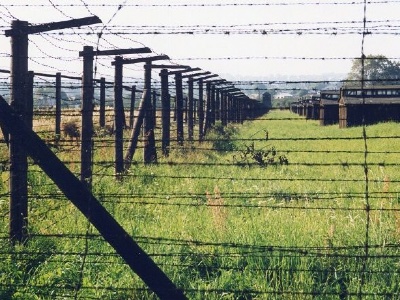
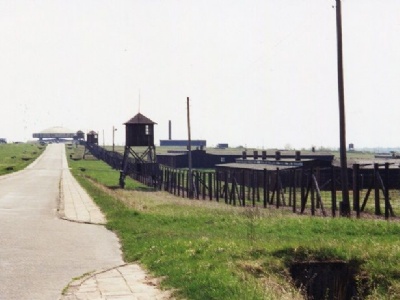
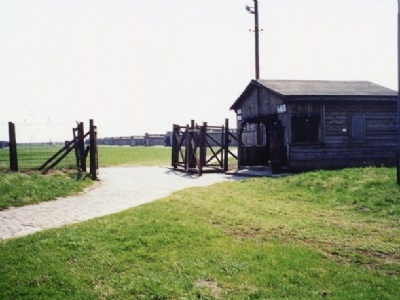
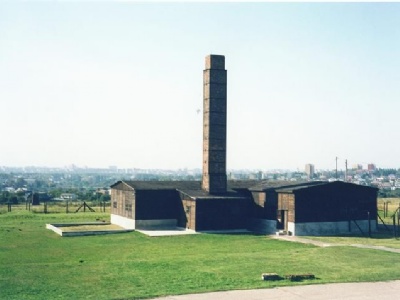
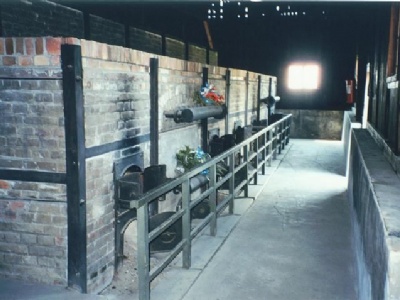
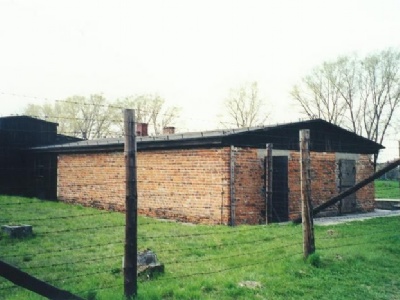

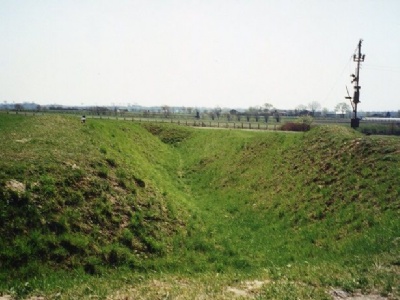
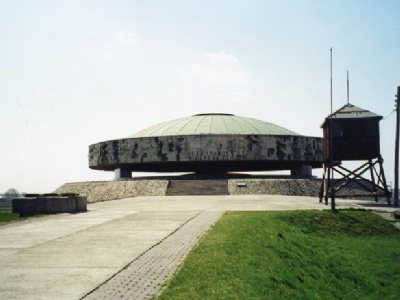
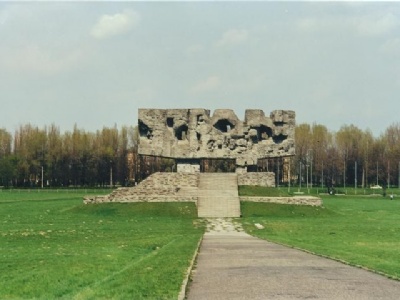
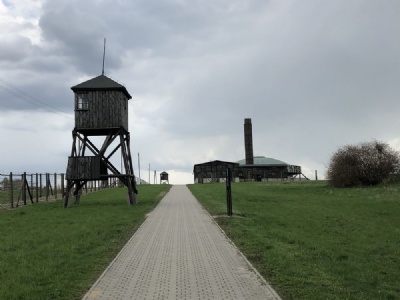
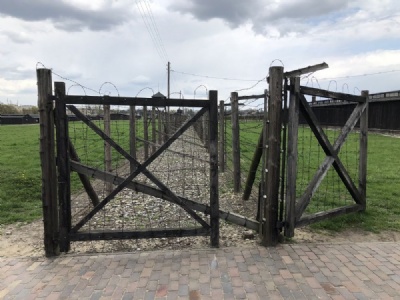
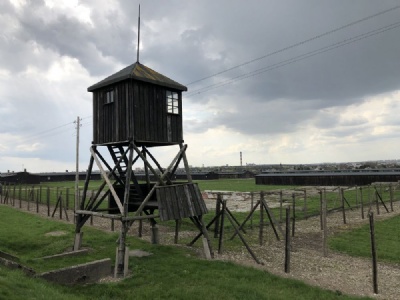
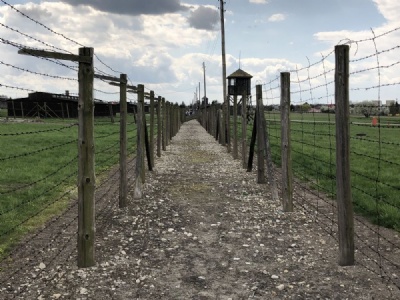

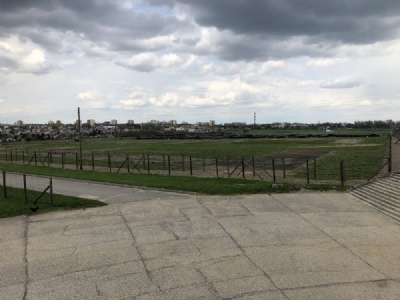
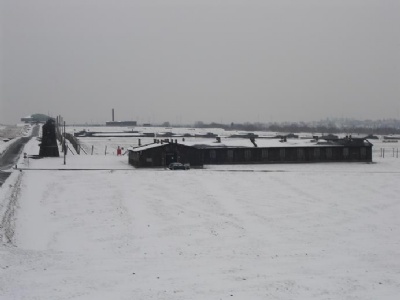
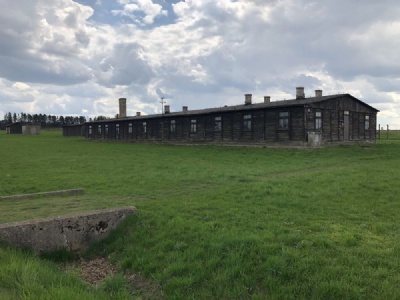
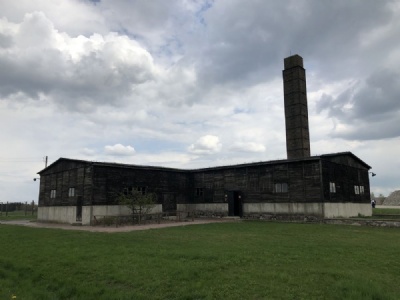
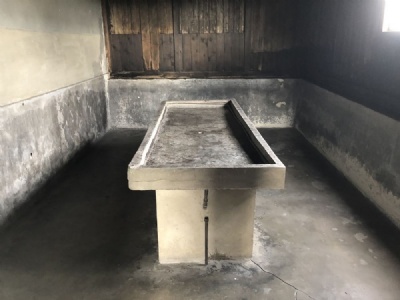
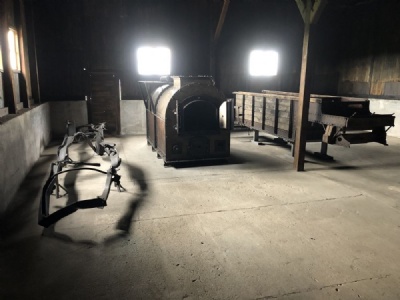
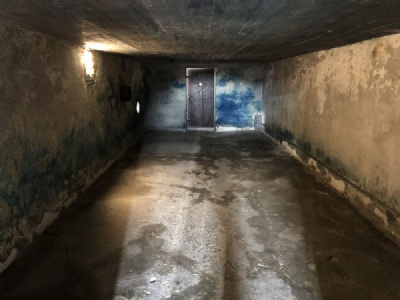
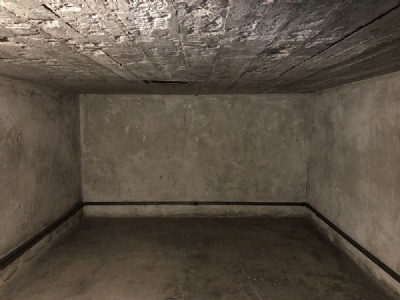
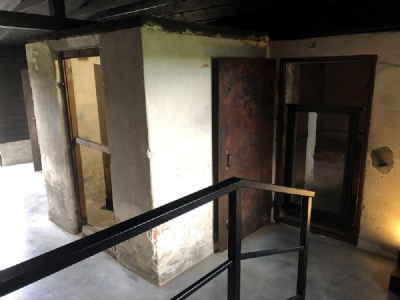
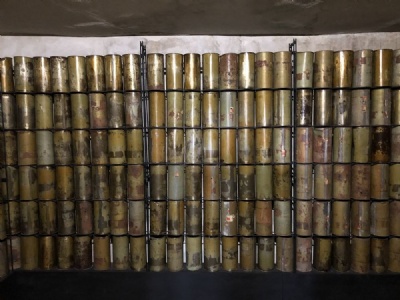

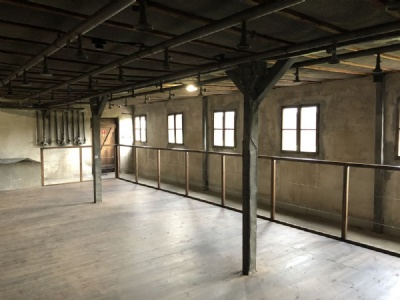
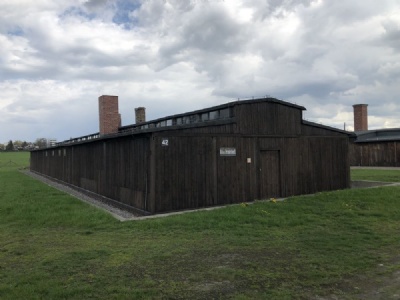
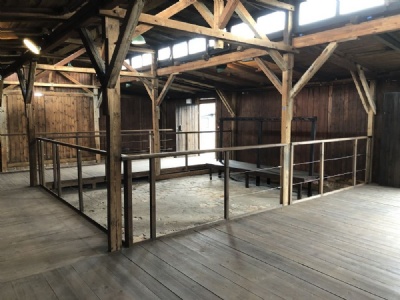
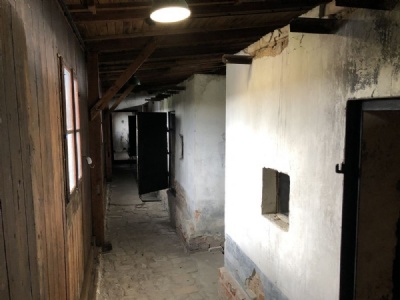
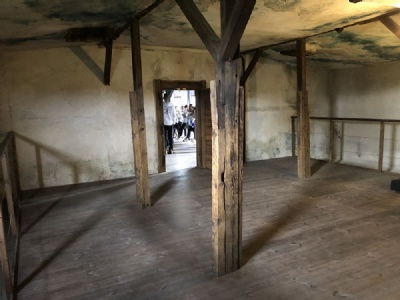
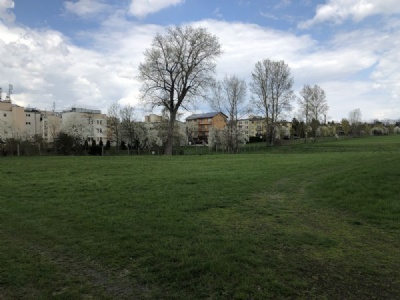

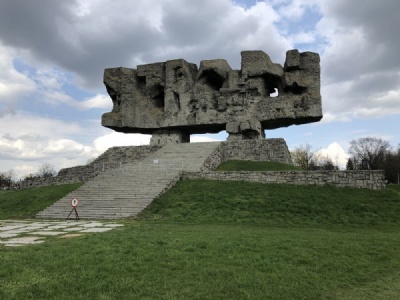
Majdanek is overshadowed by Auschwitz and probably has less resources at disposal. But Majdanek is really interesting, the congestion that occurs in Auschwitz dose not occur in Majdanek. Here there is an opportunity for peace and quiet to be able to reflect on the impressions without having to feel stress. The camp is so well preserved that it is possible to get a good overview of what it once looked like. The museum is also quite large and the visit does not need to take more than about three hours. Interesting exhibitions with just the right amount of information combined with really interesting historical buildings.
Most interesting is of course inevitably the gas chambers and crematorium, slightly modify but otherwise preserved. The roof and facade of the crematorium were destroyed by the SS but were rebuilt. The gas chambers are also preserved, but the canopies and shelters over them were destroyed by a storm in 1946. To preserve them for posterity, a reinforced roof was built over them and built it together with the male disinfection building. Overall, Majdanek is a really interesting museum in a really interesting area. Lublin has many Holocaust-related sites of great interest, and both Belzec and Sobibor are within reach. Add to that all the other lesser-known camps and ghettos that existed within the Lublin district. Some with monuments, some with no monuments.